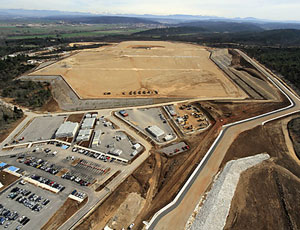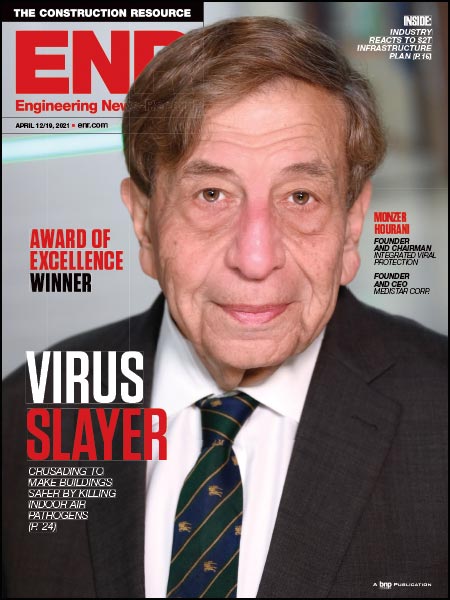The team of European engineering firms which last month won a $200-million design contract for a nuclear-power research complex to be built in southern France, with a cadre of global sponsors, already is starting work, officials say. The engineering award for the $13- billion International Thermonuclear Experimental Reactor (ITER) is the project’s largest contract awarded to date and one of the largest design awards of any kind in Europe.



The contract will cover design of some 30 buildings, supporting infrastructure and engineering oversight of construction, which will last for eight to possibly 11 years, say officials at Fusion for Energy (F4E), the project’s Barcelona, Spain-based owner. Winning the contract is the ENGAGE Consortium, which will employ some 230 people at the job’s peak.
Making up the integrated consortium are U.K.-based W. S. Atkins plc., Empresarios Agrupados S.A., Madrid, and Paris-based nuclear power design and safety specialists Assystem S.A. and Iosis S.A.
“It’s a tight program, so we’ve mobilized already,” says Martin Grant, W.S. Atkins managing director for energy. “We have people working in France now.”
Work at the site in Cadarache, about 70 kilometers north of Marseilles, will aim to demonstrate fusion feasibility by generating more than 400 MW of net power. The device will fuse light atomic nuclei at temperatures of nearly 100° million C.
Half of ITER is funded by the European Union, with the balance being picked up by China, India, Japan, South Korea, Russia and the U.S. F4E was set up three years ago to represent Europe and build the facilities. It already has begun procuring parts for the 23,000-ton “Tokamak” fusion device, which will confine the extremely high-temperature fusion materials by enclosing them in a strong magnetic field produced by 18 D-shaped toroidal coils, each weighing 360 tons.
The 42-hectare Cadarache site has been leveled, with concrete set to start flowing next spring. The ENGAGE team is scheduled to start producing detailed designs late this year. With an estimated 1.7 million hours of design required, “we quickly realized that the size of the project would favor a consortium approach,” says Grant. Assystem already had worked on the project, and the company is based in France. “That’s going to help, culturally,” Grant adds.
Site preparation at Cadarache began in January 2007. The facility is expected to be operational by about 2018. As part of the reactor’s phased commissioning, it will initially be tested using hydrogen. Experiments using tritium and deuterium as fuel will begin in 2026.



Post a comment to this article
Report Abusive Comment